Do Dryer Balls Really Live up to the Hype?
Can a couple of balls bouncing around in your dryer actually do anything? Let's take a dive into the world of dryer balls.
Over the last few decades, dryer balls have been sold to us as a natural alternative to both dryer sheets and liquid fabric softeners. Many promises abound as to what this product can do, which is primarily reducing drying times, softening laundry, and reducing static.
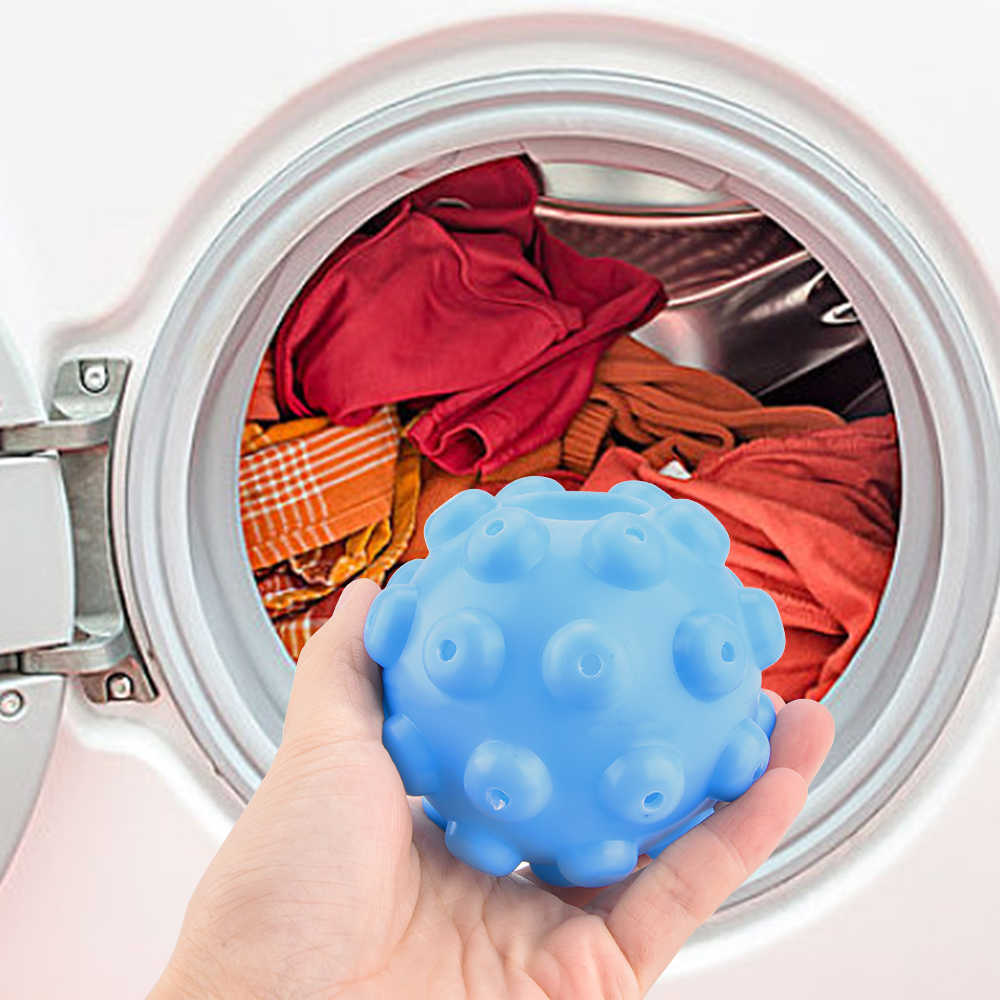
They may even lower your carbon footprint. Indeed, dryer balls have gained the support of big environmental figures like David Suzuki as well as government corporations like BC Hydro.
What Makes Dryer Balls So Great?
Most dryer balls are made with wool, rubber, or a harder material like vinyl, and they all yield very similar results to dryer sheets - albeit in a much more natural way. They come in a variety of materials and sizes. The most popular type of dryer balls are wool dryer balls because they are natural, eco-friendly and biodegradable. The other types are loaded with chemicals.
How Do Dryer Balls Work?
The theory behind how dryer balls work (wool ones, in particular) is that they can help prevent laundry from clumping in the dryer. The balls also retain the heat they receive from the dryer and therefore boost the drying process. This way, laundry dries more efficiently and faster, thus reducing drying times in your load of laundry, and potentially saving you money in the long run.
Additionally, wool dryer balls help to soften fabrics when used in the dryer. The balls continually agitate against the fibers in clothes and linens. So, after a (shorter) drying cycle, your clothes would also be soft to the touch.
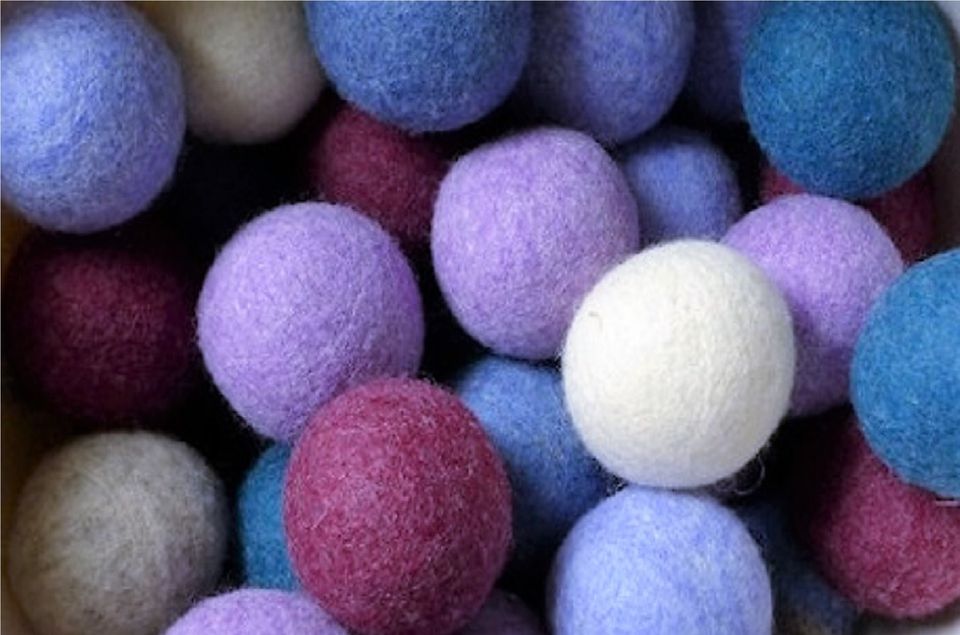
When used properly, dryer balls can even take care of static cling. For example, when drying towels imagine the mountain of wet fabric flapping about and sticking together for a long time before they are dry enough to separate and allow the warm air to circulate. The dryer balls accelerate this "separation" and allows warm air to flow in between garments faster and easier.
Dryer Sheets & Fabric Softeners
Dryer balls are believed by many to be the best replacement for dryer sheets and fabric softeners. Unlike dryer balls which you can reuse, you can only use dryer sheets once so over time they cost more.
Dryer sheets, created in the 1950's, are woven sheets of fibers coated with stearic acid or fatty acids, scents and a cocktail of various chemicals. Some warn that these chemicals could be toxic and irritate your skin/aggravate allergies after exposure, and cause illnesses, particularly after exposure over a continuous period of time. In the dryer, the stearic acid melts from the heat, coating the clothes to make them soft and reduce static.
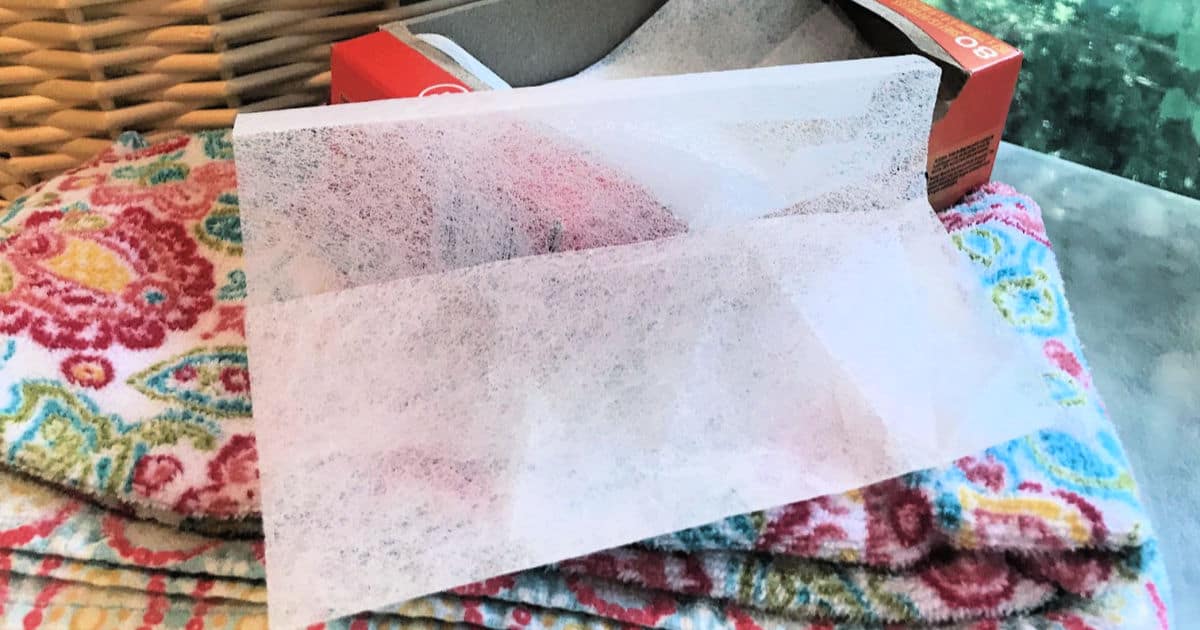
The film from the dryer sheet can also coat the inside of your dryer. This typically isn't a problem, except when it comes to the dryer's lint filter.
The residue from the sheet can build up on the filter, load after load, if the filter isn't cleaned after every use. Eventually, you'll find that the lint is hard to remove because the sticky film it's left behind has blocked the holes in the filter and adhered to some of the lint.
A sure-fire sign that your filter is blocked is when clothing comes out of the dryer covered in lint. Lint sticks to the clothes because the air can't make it through the filter to pull the lint away from your clothes.
A clean lint filter will help your dryer last longer: Any time you can take pressure off the machine, you decrease overall wear and tear, reducing the need for emergency dryer repairs and helping the appliance last longer.
However, it is important to remember that a dryer sheet is not needed in all wash loads. In fact, dryer sheets may reduce the absorption properties of towels, diapers and microfibers. It is also advised against using dryer sheets when washing moisture wicking athletic wear.
Fabric Softener
Fabric softener is a liquid composition added to washing machines during the rinse cycle to make clothes feel soft to the touch. Nowadays washers have a softener drawer (alongside the bleach drawer) so that you don't have to come back and add this later (like you used to).
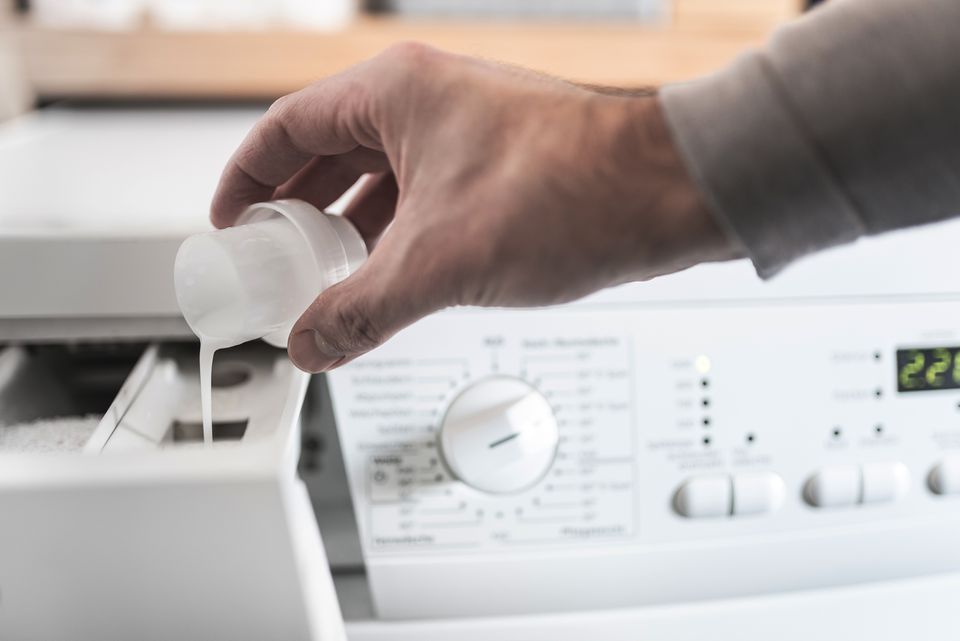
Lubricating chemicals work to make the fabric feel softer, reduce static cling, and smell nice. The first fabric softeners were developed by the textile industry during the early 20th century. At that time the process that was used to dye cotton fibers left these feeling harsh and preparations known as cotton softeners were developed to improve the feel of these fibers after dyeing.
A typical cotton softener consisted of seven parts water, three parts soap, and one part olive, corn, or tallow oil. With advances in organic chemistry, new compounds were created that could soften fabric more effectively. These improved formulations soon found their way into the commercial market and by the 1960s several major marketers, including Procter and Gamble, had begun selling liquid fabric softener compositions for home use.
Dryer Ball Testing
A multitude of tests have been done to see if dryer balls get the job done better, particularly in reducing drying time.

A reporter for the times colonist, explored several notable tests on the plastic dryer ball claims and concluded that they generally did not reduce drying time. Primarily the balls were found to be noisy and that the machines performed basically the same with or without the balls inside.
A 2009 Popular Mechanics article was unable to find any beneficial effects at all from the use of plastic dryer balls, with the verdict being that it was difficult to detect a noticeable difference - other that increased noise - when drying with the balls.
In 2013, an 8th Grade student conducted an in-depth experiment on plastic dryer balls and based on his results, he concluded that the mean drying time did not depend on whether dryer balls were used. Importantly he found that dryer balls did not reduce drying time by up to 25% (as manufacturers have often claimed).
Why Do Dryer Balls Appear to Work for Some People and Not for So Many Others?
It could depend on what's being dried. Laundry is not a set thing. Some people have a lot of natural fabrics, others lean to polyester. Some loads have a lot of small things, like socks and underpants which can spin about freely. Others have bedsheets and blankets that are prone to clumping, and might benefit from the pounding of dryer balls to loosen them up.
Nonetheless, there are natural, cheaper alternatives to softening and static removing, which can produce similar results and aren't just limited to dryer balls.

For a homemade natural fabric softener you can make at home: Add a quarter-cup of baking soda or a half-cup of white vinegar to the wash during the rinse cycle. Your clothes will feel softer and look brighter without any irritating chemicals. (FYI: Don't mix vinegar with bleach. It creates noxious fumes and using vinegar in front loading washers is not recommended as the acid in the vinegar may eat through the door seal.
For a good static remover: Make aluminum foil balls for your dryer. All you need are two or three foil balls made with 3 or 4 square feet (0.28 to 0.39 square meter) of aluminum foil each. Mash the aluminum into balls that are approx. 2 to 3 inches (5.0 to 7.6 centimeters) in diameter. Once they're made, all you do is toss them in the dryer with your wet clothes.
For natural homemade dryer sheets with vinegar: You'll need:
- 1/2 cup white vinegar
- 6-8 drops essential oil of your choice (tea tree, lavender, citrus, and geranium are good choices)
- Several pieces of cloth
- A glass container with a tight-sealing lid (a wide mouth is convenient so you can grab the cloth)
Method: Fold each cloth, and place them all in a pile inside the container. Mix vinegar and essential oils in a separate bowl or jar. Pour enough vinegar over each cloth until they are damp - but not saturated or soaking. (Save excess vinegar to use as a fabric softener in the next washer load.)
When you're ready to dry a load of laundry, remove one cloth and wring it out over the jar to remove any excess vinegar before tossing it in the dryer. Place the cloth back in the jar after each use and it's ready for the next load. Add more scented vinegar as needed; it should be every month or so.
Keep in mind that natural ingredients, e.g. essential oils, can still cause allergic reactions (orange essential oil gives me a splitting headache). So use caution if you have never used these before, and perhaps do a patch test on your elbow to check if you're unsure.
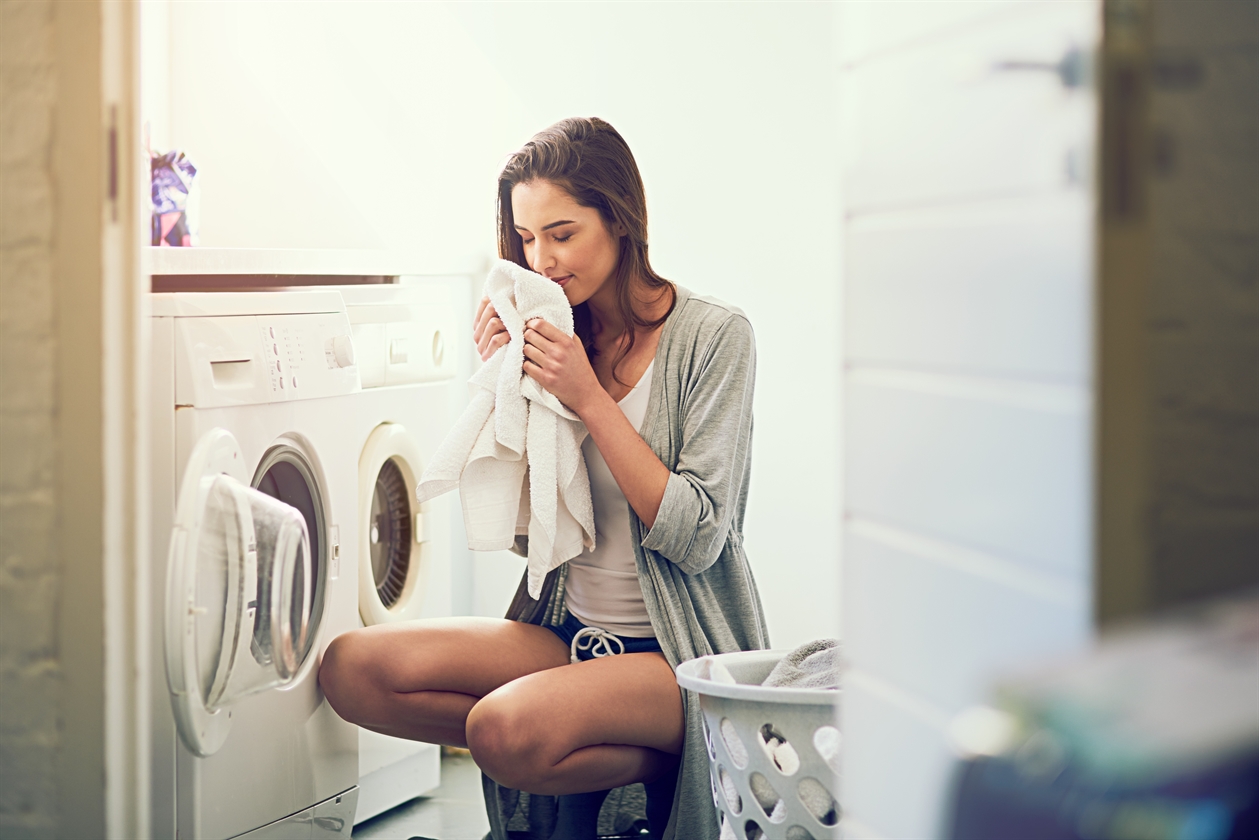
As you can see, there seems to be no firm evidence to support claims that dryer balls are better than dryer sheets and fabric softeners in reducing static, drying times and softening laundry. Most claims are made by manufacturers in order to sell their products.
While dryer sheets aren't likely as toxic and carcinogenic as many health bloggers claim, the fragrances used in dryer sheets and other laundry products are still under investigation. More research is needed to determine whether these scented products are harmful to your health.
From an environmental standpoint, dryer sheets aren't needed to keep clothes clean. As single-use products, they produce needless amounts of waste and emit potentially harmful chemicals into the air. That being said, I have re-used dryer sheets more than once and the result has always been soft laundry. Remember also that dryer sheets even have non-laundry related uses, such as dusting, freshening up drawers, freshening up luggage and suitcases when traveling or even pest control (warding off mosquitos)!
As a health-conscious consumer, is it not our environmental responsibility to switch to an alternative, like wool dryer balls or white vinegar, or to choose dryer sheets that are fragrance-free or deemed a "safer choice" by our national health organizations?
What do you think? Do you have a preferred drying method? Are you pro-balls?